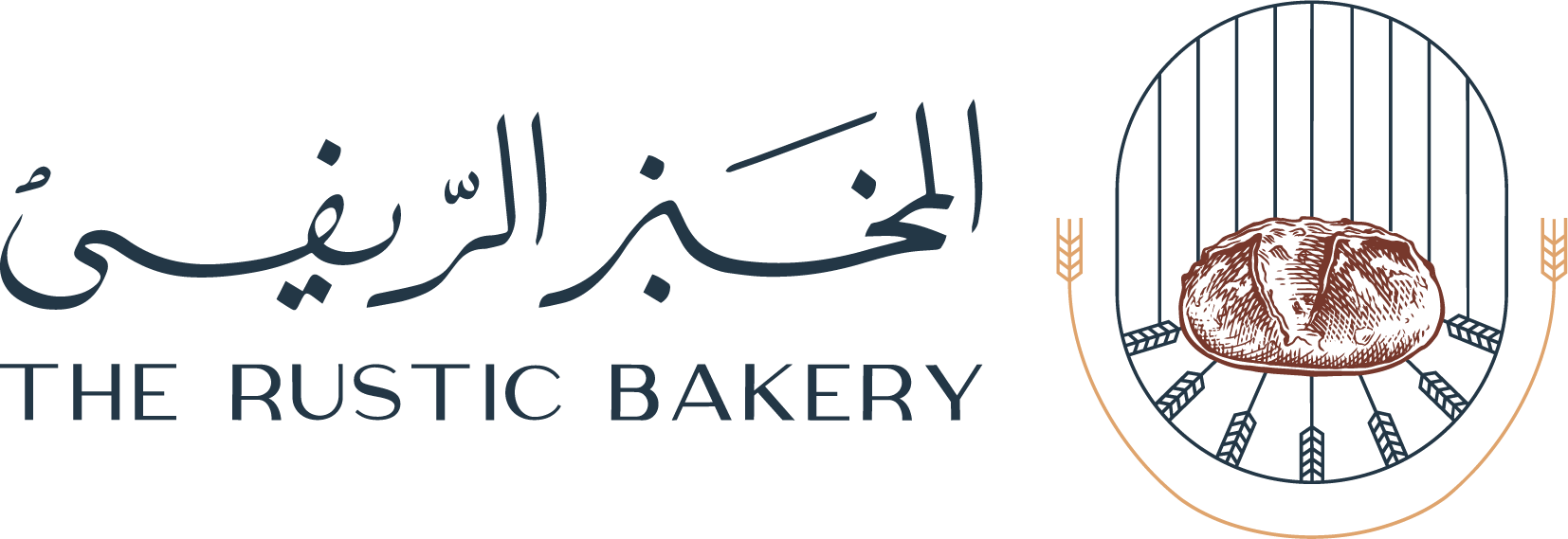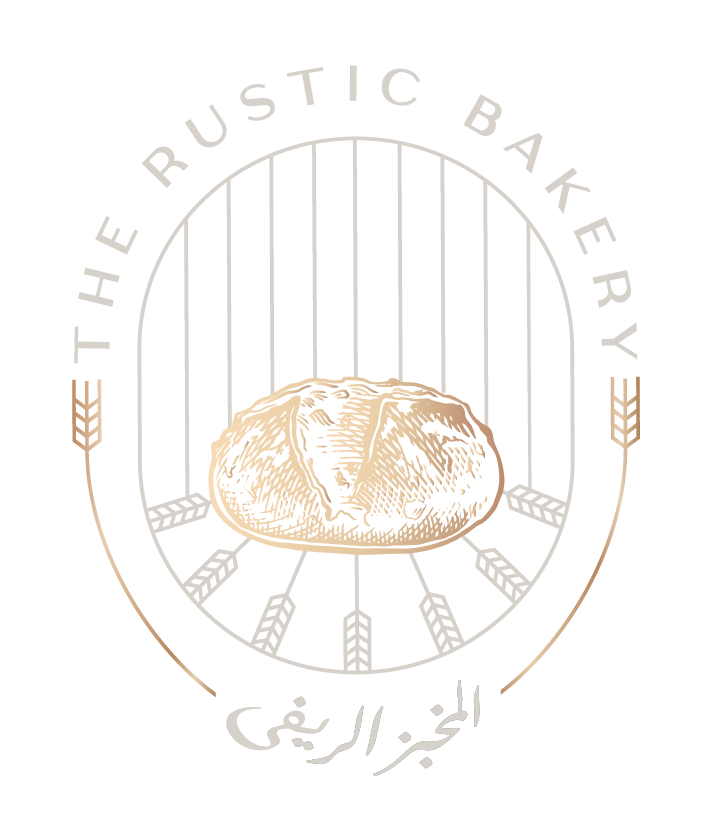Diverse and Adaptable, Bread Takes on Distinctive Forms as a Universal Food Staple Across Every Culture.

Introduction

When it comes to sourdough, we become entranced in the euphoria of classic baking.
But for those not in the know, let us first reveal the nuances of what sourdough truly is…
Sourdough stands out as a special & traditional bread distinguished by its tangy flavor and chewy texture, achieved through natural fermentation, without commercial yeast in the leavening process – unlike ordinary bread types. With skill and precision passed down through generations, our bakers delicately blend the finest ingredients.
The heart of sourdough is the starter, a mixture of natural flour and water left to ferment. During this fermentation, wild yeast and lactic acid bacteria naturally present in the environment proliferate, making the batter rise in volume – culminating in a bubbly mixture.
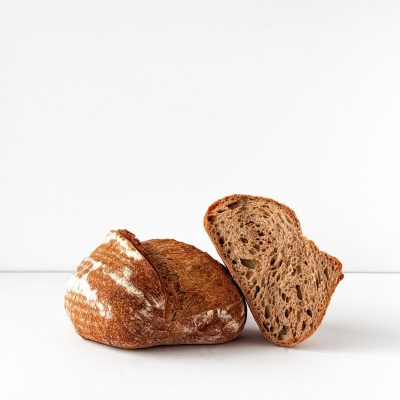
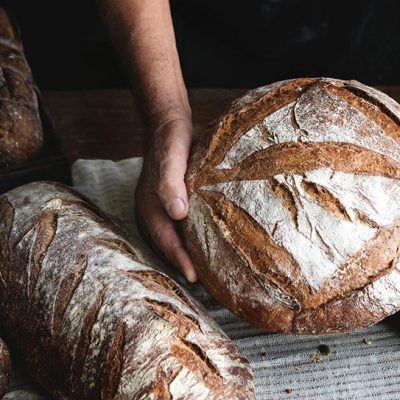
As the sourdough starter reaches its peak, it is kneaded with precise measures of flour, water, and salt, giving birth to the essence of bread-making.
After combining the starter with the other ingredients, our dough undergoes an extended fermentation phase – for a full 24 hours, resting in quiet anticipation. This extended fermentation period allows the flavors to blend, the textures to develop, and the magic of sourdough to work. It’s a patient art, a slow process of fermentation.
Each dough, transformed by time and care, is baked to golden perfection, culminating in a flavorful, airy & crusty loaf.
The aroma of freshly baked sourdough permeates the air, celebrating the outcome of a labor of love.
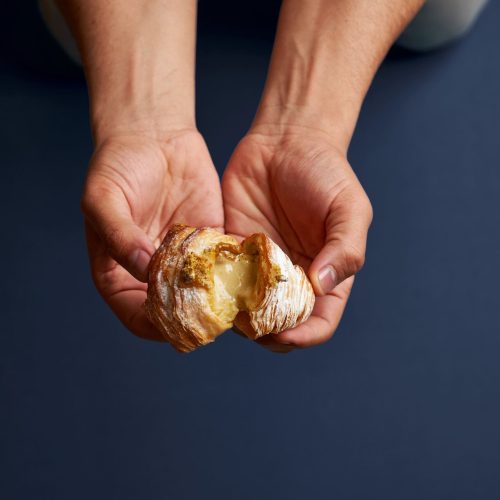
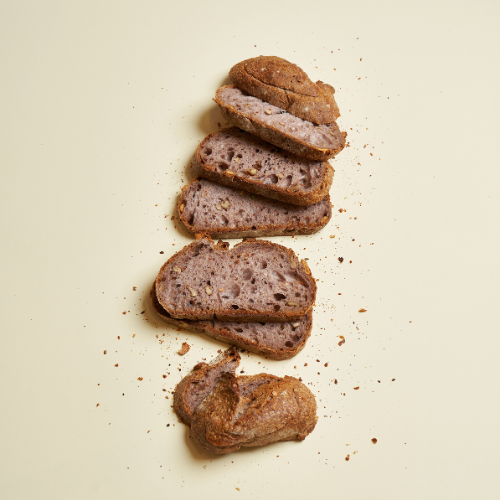
History

On another note, you might wonder about the genesis of this unique & delicious bread.
Originating in ancient Egypt around 1500 BC, the blend of natural yeast and lactic acid bacteria with flour and water created an unexpected classic - the foundation of what we now know as sourdough. This culinary tradition flowed through civilizations, from the Greeks and Romans to the early settlers in North America, where the use of naturally fermented starters became a common method for leavening bread.
Yet, the early breads were hard as they utilized coarse grains ground manually on rocks. The resulting loaves mirrored today's whole-grain bread, similar to European pumpernickel. This circumstance prompted the necessity for refined flour, giving birth to the milling process. However, heavily refined flour lacks essential nutrients found in whole-grain and artisanal breads, encouraging people to opt for healthier alternatives.
You can find bread-making scenes depicted on the inside of their tombs. They even paid bread as wages.
Benefits
And sourdough carries great health benefits, making it a premium choice for diet-conscious individuals.
A symbol of tradition and artisanal expertise, it features a natural process to produce a basic dietary staple while potentially providing digestive advantages like:

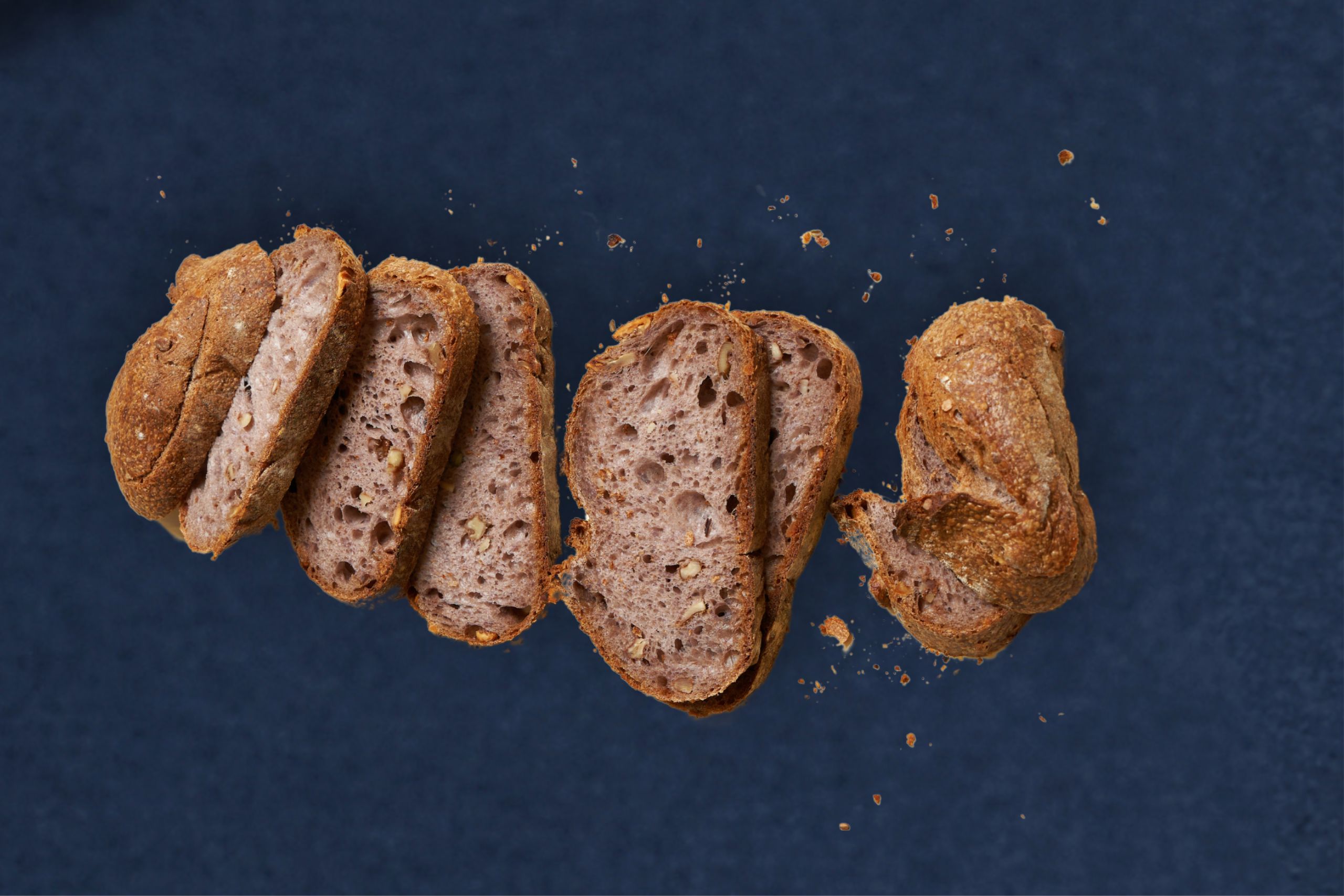
Gut-Friendly Digestion
Sourdough’s unique bacteria-yeast blend pre-digests starches, offering a stomach-friendly experience and making digestion easier.

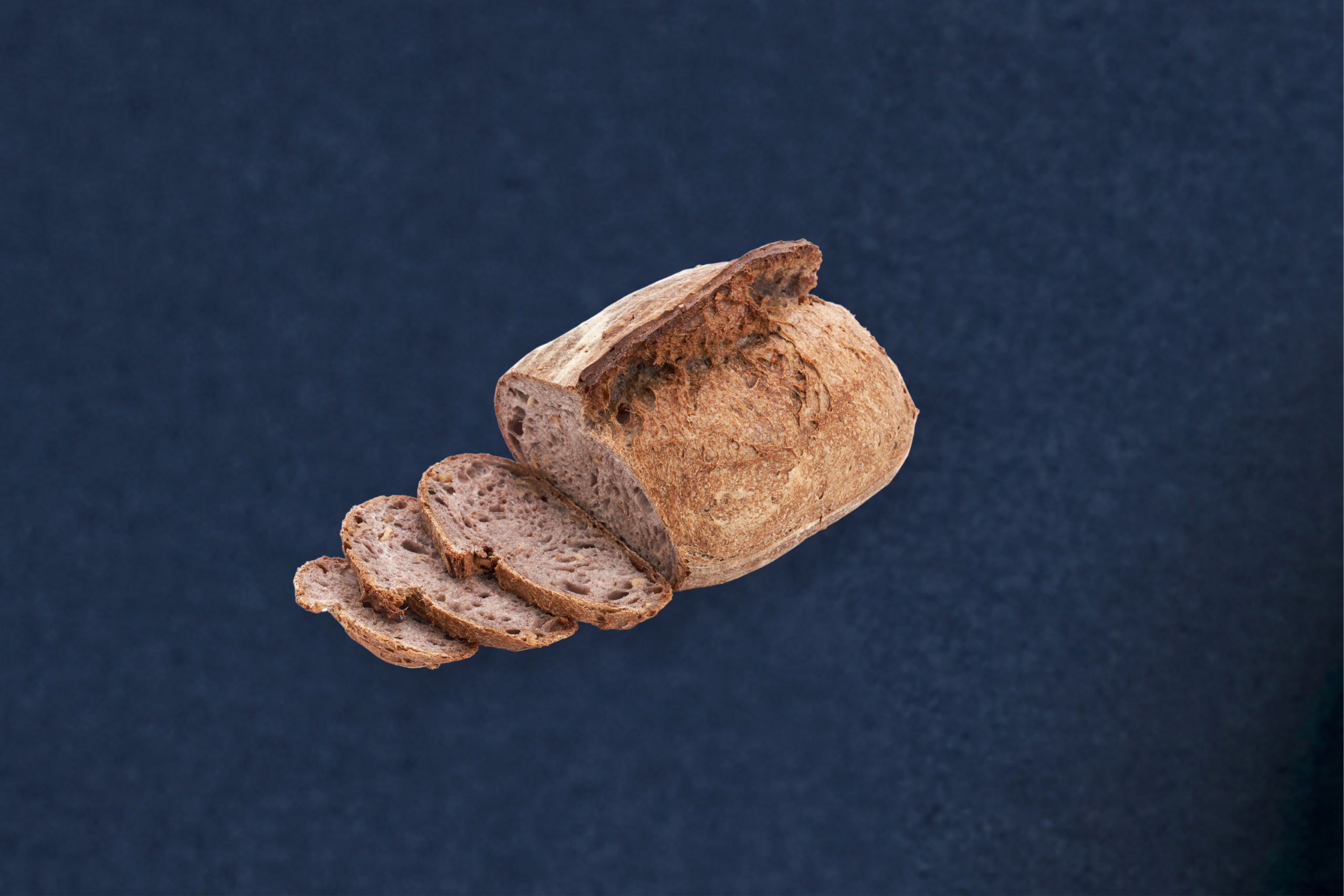
Long Balanced Blood Sugar Levels
Fermented to deplete bad starches, sourdough ensures a gentler impact on blood sugar levels compared to ordinary bread, promoting overall well-being.
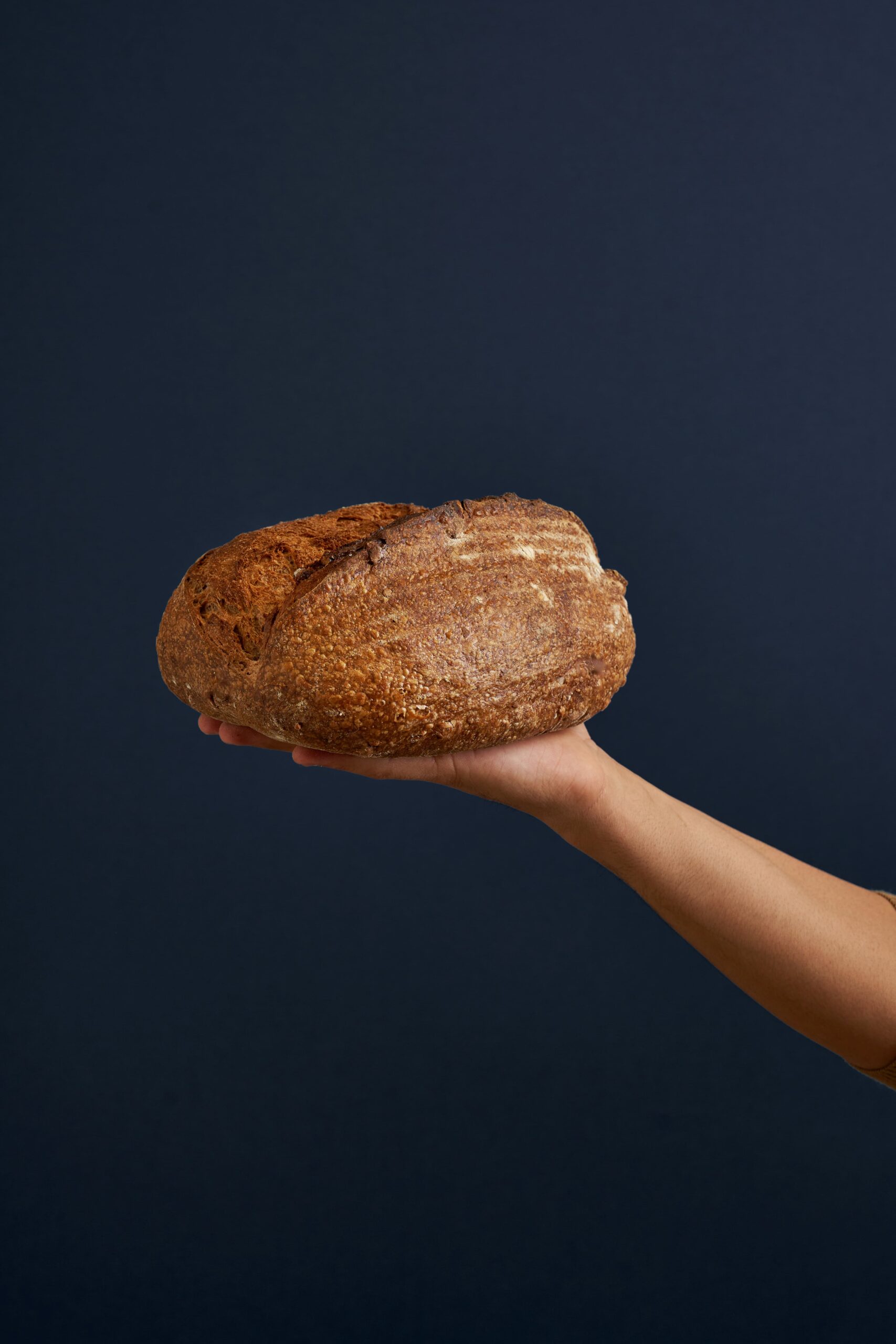
A Gluten-Free Lifestyle
Sourdough’s extended preparation breaks down gluten, making it a smoother choice for digestion, particularly for those with mild gluten sensitivities.
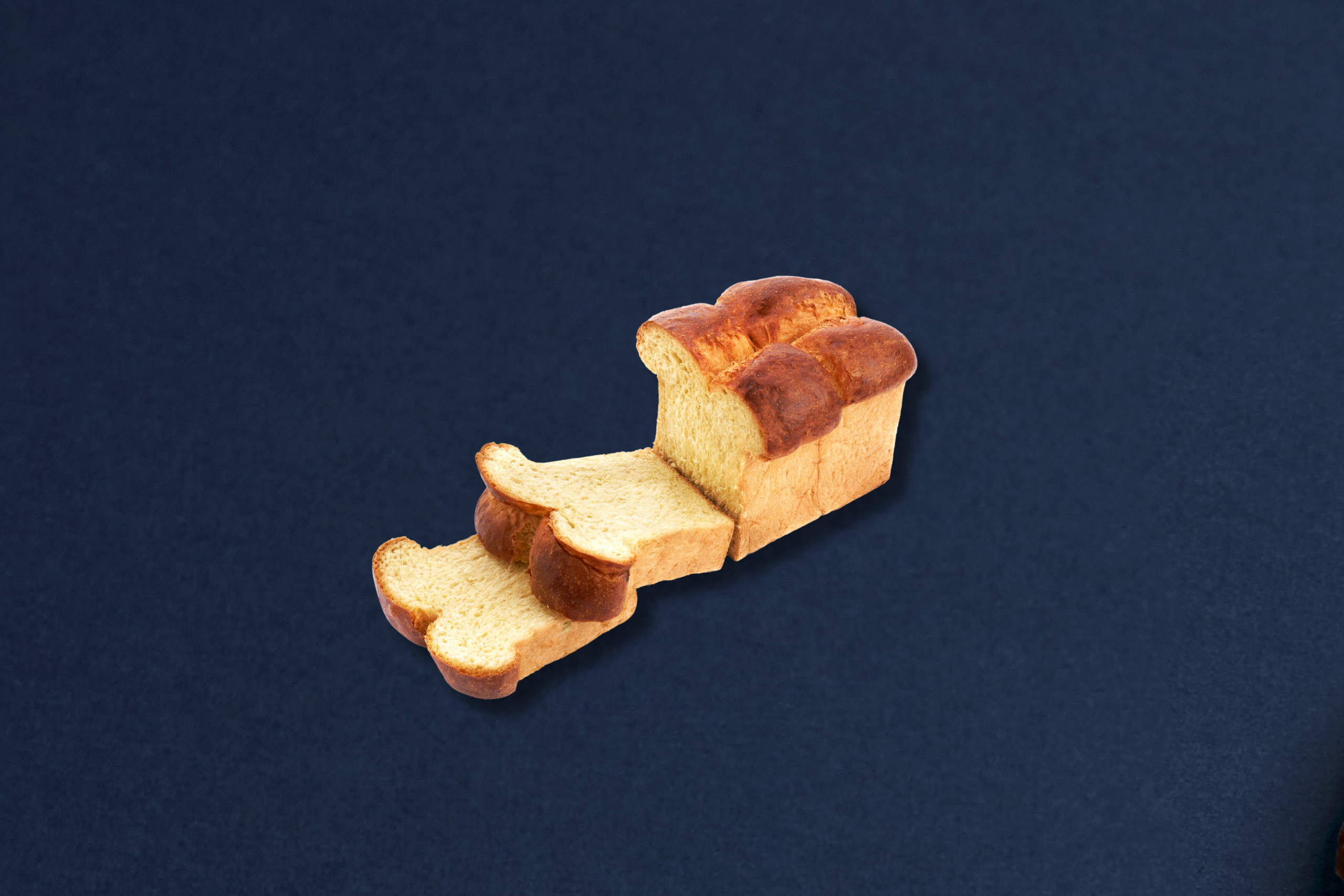
"Good BACTERIA" Boost
Abundant Lactobacillus creates higher lactic acid levels, reducing harmful phytic acid and enhancing digestion while releasing essential minerals.
Cold Fermentation

Cold fermentation, a unique bread-making method, allows the dough to rise at lower temperatures, often in a refrigerated environment. This slow process gives the dough more time to develop a rich taste and improved texture, resulting in a delicious & comparatively healthier bread choice.
